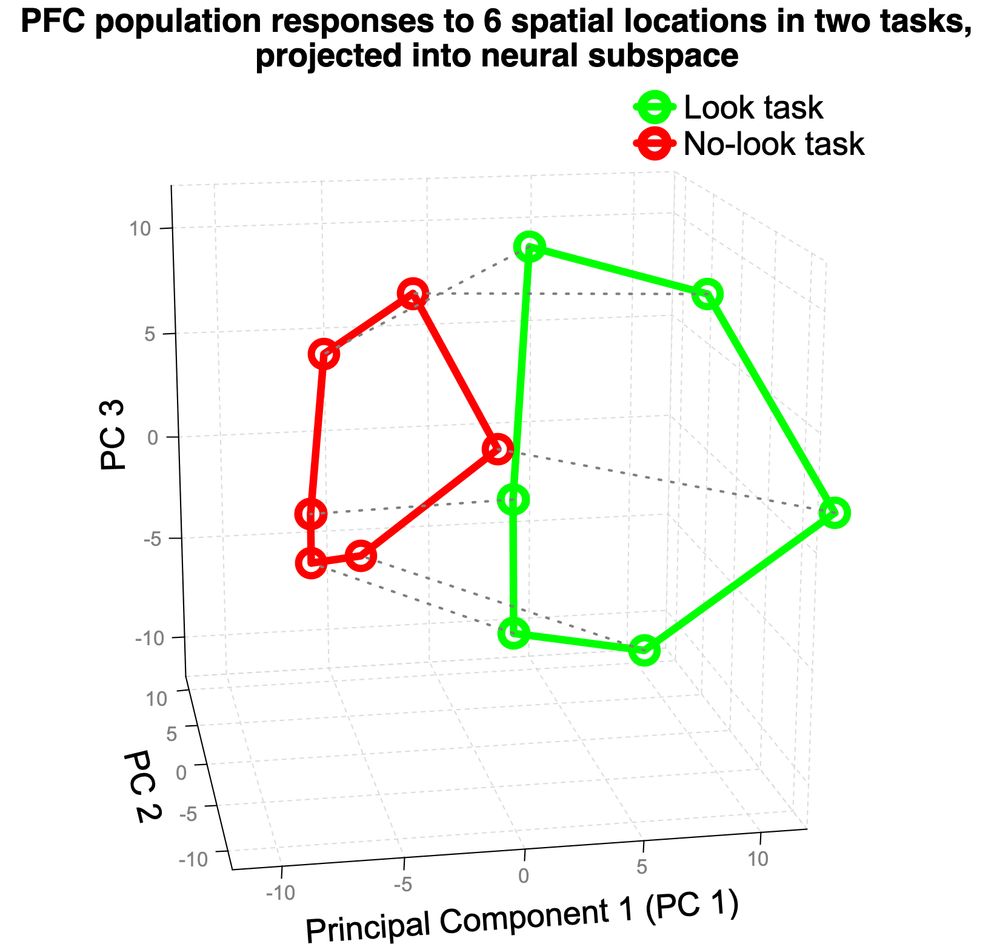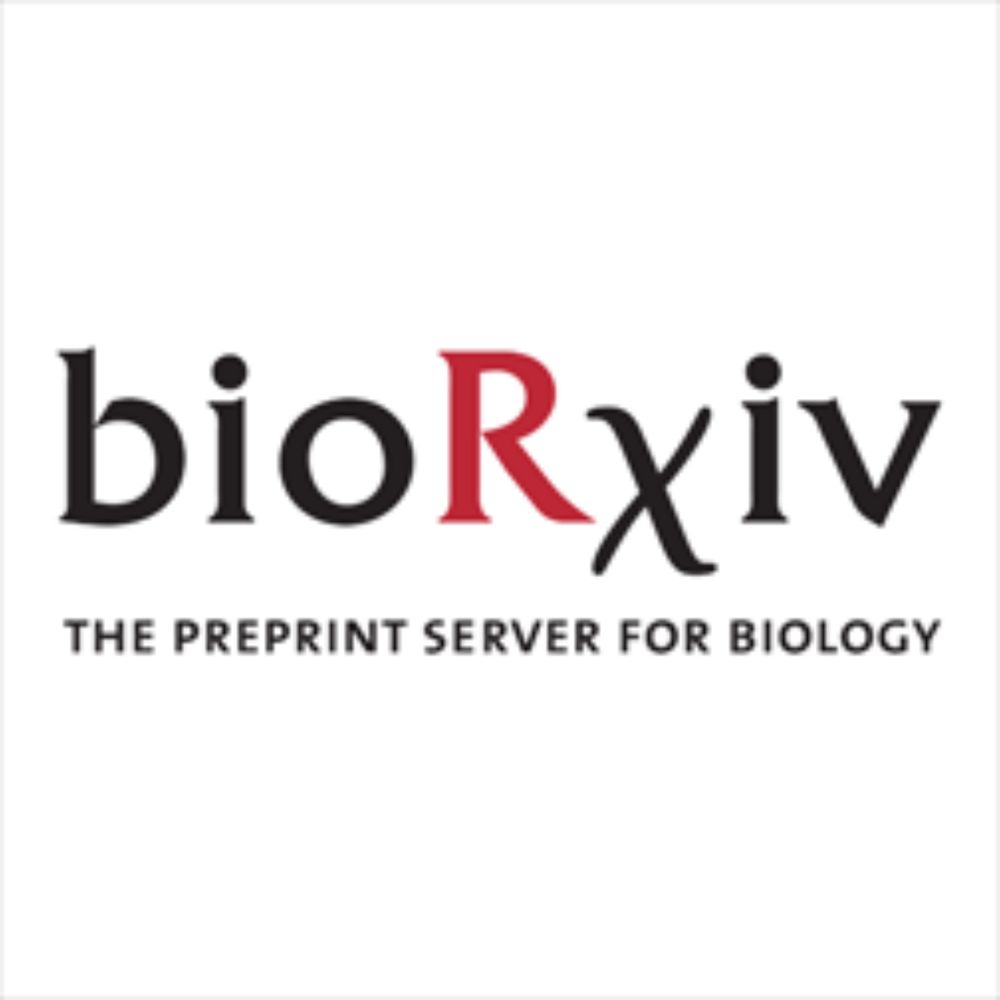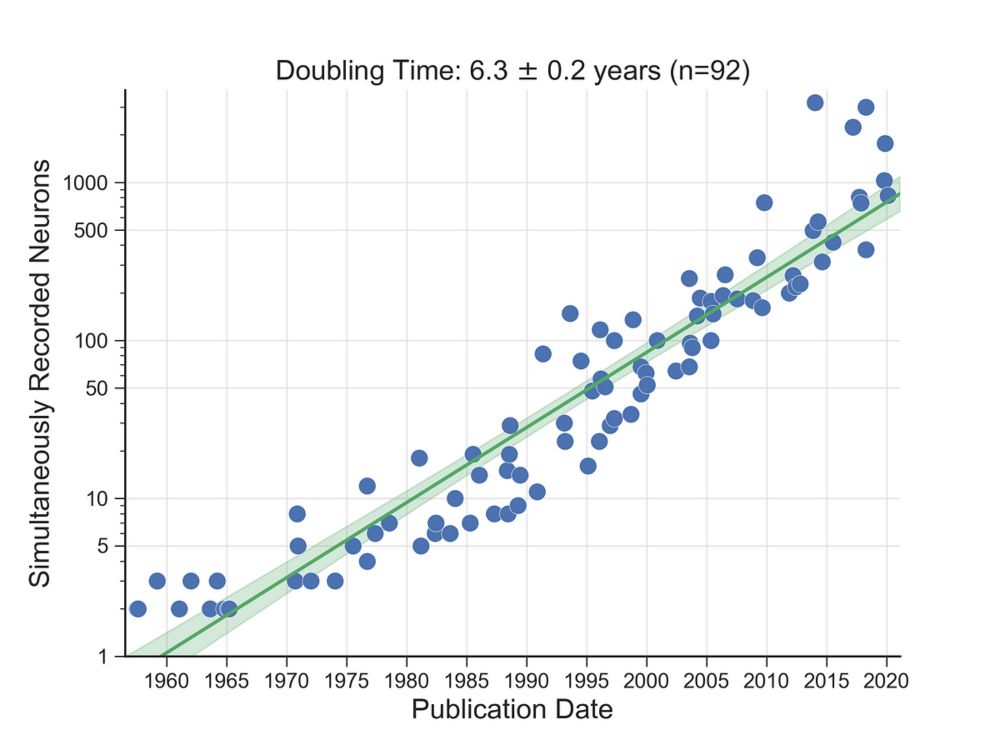
Happy to share my PhD work:
Spatial information was consistently represented across tasks in a low-dimensional subspace of PFC activity, while task identity was encoded in an orthogonal subspace, providing a stable and independent representation of context.
doi.org/10.1101/2025...

Our attention changes over time and differs across contexts—which is reflected in the brain🧠 Fitting a dynamical systems model to fMRI data, we find that the geometry of neural dynamics along the attractor landscape reflects such changes in attention!
www.biorxiv.org/content/10.1...

Our attention changes over time and differs across contexts—which is reflected in the brain🧠 Fitting a dynamical systems model to fMRI data, we find that the geometry of neural dynamics along the attractor landscape reflects such changes in attention!
www.biorxiv.org/content/10.1...
www.nature.com/articles/s41...

www.nature.com/articles/s41...
I developed a normative coding theory for feedback-modulated canonical networks, providing a unified view of (1) efficient & predictive coding, (2) computational & algorithmic principles, (3) unimodal & multimodal sensory processing.

I developed a normative coding theory for feedback-modulated canonical networks, providing a unified view of (1) efficient & predictive coding, (2) computational & algorithmic principles, (3) unimodal & multimodal sensory processing.
Congrats @hayoungsong.bsky.social
work by dream team @jinke.bsky.social Rhea Madhogarhia @ycleong.bsky.social @monicarosenb.bsky.social ⭐
Congrats @hayoungsong.bsky.social

Happy to share my PhD work:
Spatial information was consistently represented across tasks in a low-dimensional subspace of PFC activity, while task identity was encoded in an orthogonal subspace, providing a stable and independent representation of context.
doi.org/10.1101/2025...

Happy to share my PhD work:
Spatial information was consistently represented across tasks in a low-dimensional subspace of PFC activity, while task identity was encoded in an orthogonal subspace, providing a stable and independent representation of context.
doi.org/10.1101/2025...

